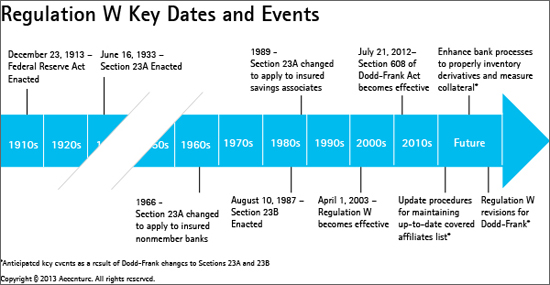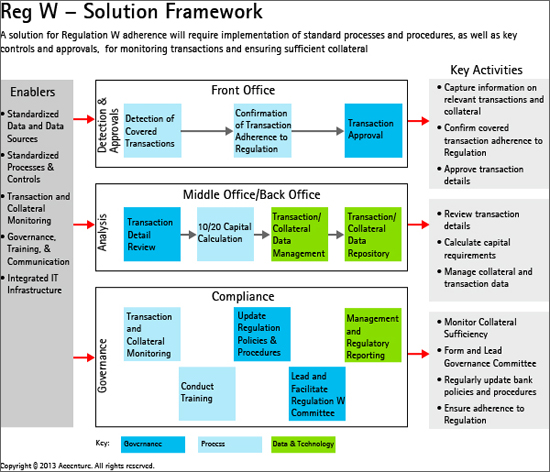Regulation W Low Quality Asset
Regulation W: Demystifying Affiliate Transactions and Yohji Yamamoto's REGULATION W/GABARDINE RIB FLAP POCKET PANTS Introduction: Welcome to this informative article that aims to shed light on affiliate transactions covered by The Federal Reserve Act, known as Regulation W. We will also delve into the stylish world of Yohji Yamamoto's REGULATION W/GABARDINE RIB FLAP POCKET PANTS. So, grab a cup of coffee and let's dive in! 1. Understanding Affiliate Transactions under Regulation W: Affiliate transactions, as covered by The Federal Reserve Act under Regulation W, are an important aspect of financial regulations. These regulations primarily apply to financial institutions, including banks, to prevent undue risk and protect their customers. Let's explore the basics and key points of Regulation W. 1.1 What are Affiliate Transactions? Affiliate transactions refer to financial transactions between a bank and its affiliates, where an affiliate can be another company within the same parent company or a subsidiary. These transactions are subject to specific limitations and requirements outlined by Regulation W. 1.2 Key Provisions of Regulation W: Regulation W sets forth several provisions and restrictions to ensure proper management of affiliate transactions. Here are some key elements: 1.2.1 Covered Transactions: Regulation W covers various types of transactions, including loans, credit extensions, asset purchases, guarantees, and securities underwritings between a bank and its affiliates. These transactions may have specific limitations to prevent excessive risk and keep the financial system stable. 1.2.2 Quantitative Limits: To prevent any potential risks, Regulation W includes quantitative limits on affiliate transactions. These limits set the maximum exposure a bank can have with its affiliates, ensuring the bank does not become overly reliant on its affiliates for financing or face significant losses from their activities. 1.2.3 Collateral Requirements: Regulation W also emphasizes the importance of proper collateralization for affiliate transactions. Collaterals ensure that in case of default or financial strain, the bank has sufficient assets to cover its exposure from these transactions. Collateral requirements help maintain the bank's safety and soundness. 2. Exploring Yohji Yamamoto's REGULATION W/GABARDINE RIB FLAP POCKET PANTS: Now that we have gained insights into Regulation W, let's explore the fashion world and discover the captivating REGULATION W/GABARDINE RIB FLAP POCKET PANTS by the renowned designer Yohji Yamamoto. 2.1 The Iconic REGULATION W/GABARDINE RIB FLAP POCKET PANTS: The REGULATION W/GABARDINE RIB FLAP POCKET PANTS are a stylish and contemporary addition to any wardrobe. Crafted from high-quality gabardine fabric, these pants exude elegance and sophistication. Here's why they stand out: 2.1.1 Flap Pocket Design: One of the distinctive features of these pants is the rib flap pocket design, which adds a unique and edgy touch to the overall style. The pockets not only provide functionality but also create a focal point, making a fashion-forward statement. 2.1.2 Versatile Color Options: Yohji Yamamoto offers these pants in various color options to cater to different styles and preferences. The option of the classic black color enhances their versatility, making them easy to pair with a range of tops, shoes, and accessories. 2.1.3 Comfort and Fit: Crafted with precision and attention to detail, these pants offer a comfortable fit that doesn't compromise on style. The gabardine fabric ensures durability, while the ribbed design adds a subtle texture, elevating the overall look and feel. 3. Ways to Style your REGULATION W/GABARDINE RIB FLAP POCKET PANTS: Now that you've become acquainted with the impressive features of the REGULATION W/GABARDINE RIB FLAP POCKET PANTS, let's explore some stylish ways to incorporate them into your wardrobe. 3.1 Effortlessly Casual: Pair your REGULATION W/GABARDINE RIB FLAP POCKET PANTS with a simple white t-shirt and sneakers for a relaxed yet trendy look. Add a denim jacket or a leather bomber jacket to elevate the overall outfit. 3.2 Chic and Professional: For a sophisticated office-ready outfit, style these pants with a tailored blazer, a crisp button-down shirt, and heeled ankle boots. This ensemble strikes the perfect balance between professionalism and contemporary fashion. 3.3 Edgy Evening Wear: To create a bold and daring evening look, team your REGULATION W/GABARDINE RIB FLAP POCKET PANTS with a stylish crop top or a sequined blouse. Complete the outfit with statement accessories, such as chunky earrings or a sleek clutch. FAQs: Q1. Are affiliate transactions completely prohibited by Regulation W? A1. No, affiliate transactions are not entirely prohibited. However, they are subject to specific limitations and quantitative limits defined by Regulation W to maintain financial stability and prevent excessive risk-taking. Q2. Do Regulation W restrictions apply to all financial institutions? A2. Yes, Regulation W applies to all financial institutions, including banks and their affiliates. It aims to ensure consistent and sound financial practices across the industry. Q3. Can non-affiliated individuals participate in affiliate transactions under Regulation W? A3. No, Regulation W specifically focuses on financial transactions between a bank and its affiliates. Transactions involving non-affiliated individuals or entities are not covered by this regulation. 4. In Conclusion: Regulation W plays a crucial role in governing affiliate transactions within the financial industry, ensuring stability and proper risk management. Simultaneously, Yohji Yamamoto's REGULATION W/GABARDINE RIB FLAP POCKET PANTS stand out as a fashionable statement piece, showcasing innovation and elegance. By understanding the significance of financial regulations and appreciating stylish fashion choices, we can navigate the realms of both finance and fashion with knowledge and confidence.  Image Source : www.reddit.com
Image Source : www.reddit.com  Image Source : theshopyohjiyamamoto.jp
Image Source : theshopyohjiyamamoto.jp  Image Source : haleyai.com
Image Source : haleyai.com  Image Source : bankpolicies.com
Image Source : bankpolicies.com  Image Source : haleyai.com
Image Source : haleyai.com  Image Source : financialservicesblog.accenture.com
Image Source : financialservicesblog.accenture.com  Image Source : theshopyohjiyamamoto.jp
Image Source : theshopyohjiyamamoto.jp  Image Source : financialservicesblog.accenture.com
Image Source : financialservicesblog.accenture.com
Hischier Scores The OT Winner To Give Schneider His First Regulation W
 Image Source : www.reddit.com
Image Source : www.reddit.com REGULATION W/GABARDINE RIB FLAP POCKET PANTS(M Black): Yohji Yamamoto
 Image Source : theshopyohjiyamamoto.jp
Image Source : theshopyohjiyamamoto.jp Affiliate Transactions Covered By The Federal Reserve Act (Regulation W
regulation reserve federal affiliate transactions act covered curation populate knowledge base so
Regulation W Policy Template From BankPolicies.com
 Image Source : bankpolicies.com
Image Source : bankpolicies.com regulation policy quantity
Affiliate Transactions Covered By The Federal Reserve Act (Regulation W
regulation reserve federal knowledge base affiliate transactions act covered populate curation so
Regulation W – The Operational Challenges | Financial Services Blog
 Image Source : financialservicesblog.accenture.com
Image Source : financialservicesblog.accenture.com regulation operational challenges reg financial services markets
REGULATION W/GABARDINE RIB FLAP POCKET PANTS(M Black): Yohji Yamamoto
 Image Source : theshopyohjiyamamoto.jp
Image Source : theshopyohjiyamamoto.jp Regulation W – The Operational Challenges | Financial Services Blog
 Image Source : financialservicesblog.accenture.com
Image Source : financialservicesblog.accenture.com regulation operational challenges reg accenture conclusion
Regulation w/gabardine rib flap pocket pants(m black): yohji yamamoto. Affiliate transactions covered by the federal reserve act (regulation w. Hischier scores the ot winner to give schneider his first regulation w. Regulation operational challenges reg accenture conclusion. Regulation policy quantity